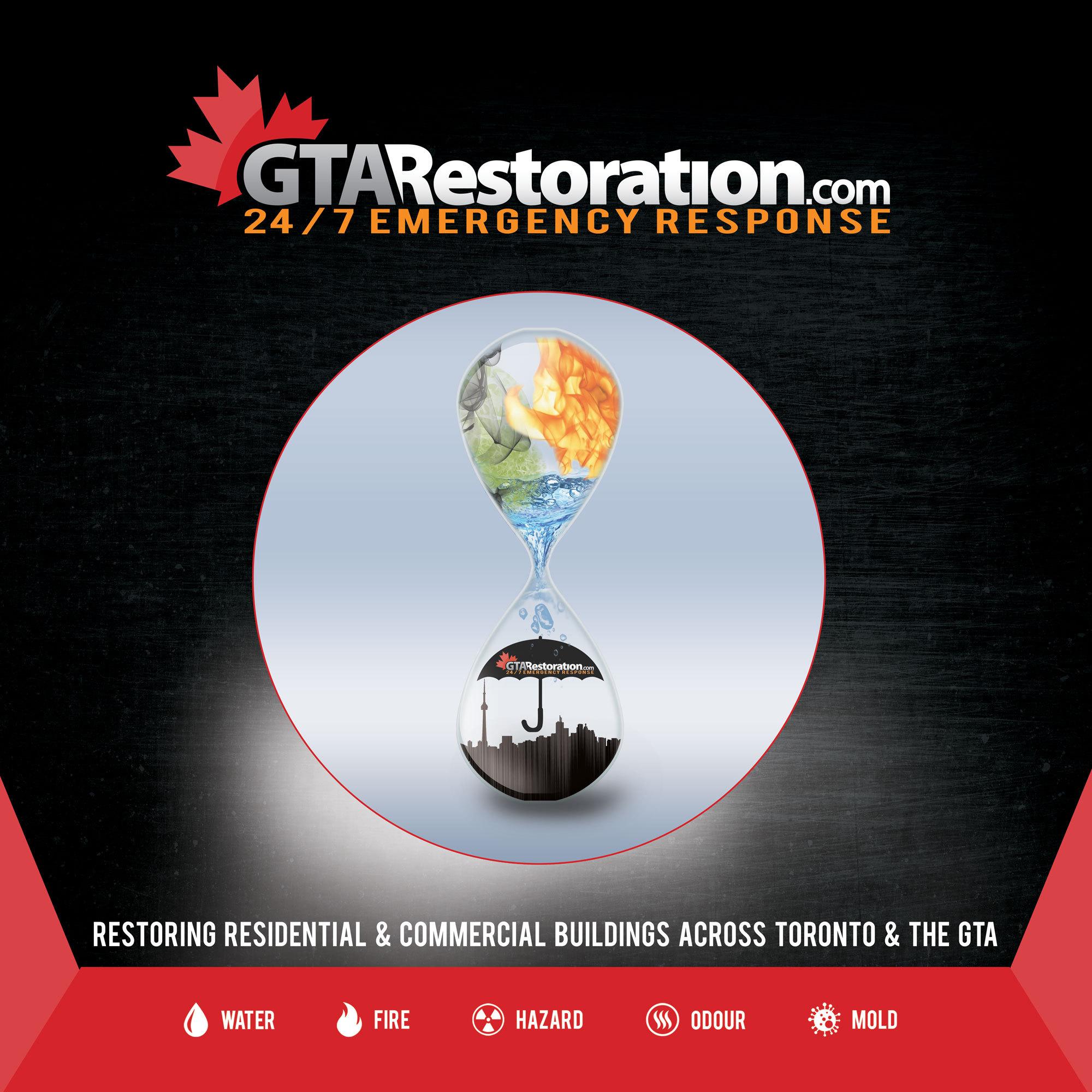How To Deal With Flood and Water Damages

How To Deal With Flood and Water Damages
It is such an inconvenience if your home gets hit by a flood. Whether the flooding is caused by rain and storms, plumbing leaks, or overflowing drains, you certainly have a problem of gargantuan proportions on your hands.
Even if the flooding in your home isn’t that deep, you have to realize that it’s more than enough to cause considerable water damage. In fact, even a few inches of water in places in your home where it’s not supposed to be can already cost you tens of thousands of dollars in damage.
So if you had the misfortune of getting hit by flooding, what would you do? The smartest answer would be to call for an emergency plumber then call immediately the experts re restoration services right away. However, if you want to go about it in DIY fashion, then you might want to do something right away because the longer certain parts of your home remain soaked in water, the worse the water damage becomes.
Time is of the essence of water damage
When you find a section of your house inundated, you will likely see the walls, floors, cabinets, appliances, furniture, and carpets soaked in water. You will need to move fast because every minute that you wait to remove the things that can be taken away damages them further.
Take it upon yourself to pull the furniture, appliances, carpets, rugs, and other things out of the affected area. If you do this almost immediately, you might be able to save your things.
However, before you do any of the things above, always assume that the water flooding your home is dirty. In other words, you must wear safety gear like waterproof boots and gloves first before wading into the flooded area and pulling out your things. If you find any foodstuff floating on the standing water, you pick it up and put it in the garbage right away.
Remove the water caused by flooding
Aside from taking out removable stuff, you also badly need to start removing the standing water. The sooner you remove all the water, the lesser the water damage would be.
If you have a Shop-Vac or a water pump that sucks up water, then use it to remove whatever amount of water you can. You can also do it the old-fashioned way using buckets and dippers if you don’t have the proper equipment. It’s going to be tedious and will take more time, but it does work.
Dry out your home from water damage
When the affected area is clear of water, you can start the drying process. Open all your windows to let the accumulated moisture to escape. If you have portable fans, then put them to good use to help dry the whole place faster.
The problem with water damage
You may have dodged a bullet by quickly removing the water and drying the affected area out, but the fact remains that there will still be water damage, though less severe than if you hadn’t done anything about the standing water.
Aside from damage to your walls, floors, and cabinets, trapped water inside your home ups the moisture levels inside your home, making it a perfect breeding ground for mold, which can induce illnesses. Some types of mold, like black mold, can even be deadly.
While you can choose to deal with the water damage and possible mold formation yourself, it is best to leave such issues in the more capable hands of professionals.
Water damage specialists have the right training and equipment to restore your home to the way it was before the flood and make sure mold doesn’t materialize.
